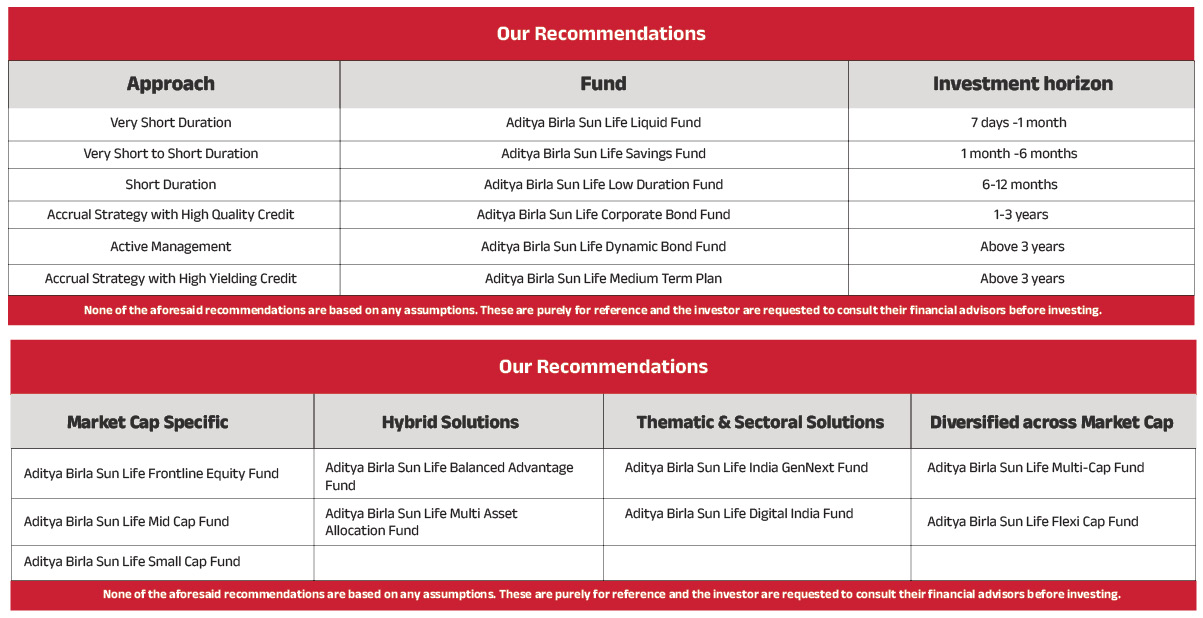
The global economy has been humming along at a decent pace led by robust growth in the US. The resilience displayed in the face of multi-decade high interest rates has caught many investors off guard. Some of the factors which have enabled this include strong labour markets and positive real wage growth, healthy consumer and corporate balance sheets, relatively high fiscal deficits, positive wealth effects and a rebound in population growth.
Across the developed countries, labour markets remain strong with unemployment rates being close to multi-decade lows. Real wage growth has risen as the fall in inflation has more than offset the decline in wage growth. While consumer and corporate balance sheets remain extremely healthy, household balance sheets have been supported by fiscal packages. This has propelled risk assets with housing prices also on the rise.
Inflation in the US is gradually coming down but still higher than the Fed's target. Post the latest print, markets have started pricing in only two cuts for this calendar year versus three cuts which was envisaged by Fed officials last month.
In the face of global backdrop, Indian equity markets have continued with its positive trajectory since the beginning of the calendar year. Despite elementary hiccup in Feb given the cautionary statement from the regulator and Fund Houses, the broader indices continue to participate in the rally with mid and small cap index now at all time-highs. This is on the back of fundamentals remaining strong and anticipation of earnings continuity for the foreseeable future.
High frequency indicators in India suggest that growth momentum remains strong, and we have seen consistent GDP growth upgrades and FY24 growth is expected to come in above 7.5% with FY25 also expected to be a strong 6.5-7%. The growth in this cycle has been initially led by investment supported by government capex and the housing sector. We are now beginning to see spread of growth to services sector and there are initial signs of private capex as well.
Contained current account deficits have led to BoP surpluses that have allowed RBI to rebuild forex reserve buffers. Series low core inflation has also allowed RBI to remain comfortably on hold, wait for food inflation to subside and embark on a shallow rate cutting cycle. This has engendered macro-economic stability and a strong foundation for India's growth story.
High-capacity utilization rates, strong growth, positive sentiment, political stability, clean twin balance sheets and supportive policy should allow a revival in private capex and help sustain the growth cycle. We expect capex to pick up further post the General Election.
Indian equity markets have delivered strong returns in the run-up to the past two national elections. However, given the recent run-up, we currently believe market expectations of policy continuity seem priced in. Going forward, foreign flows could improve as we head closer to and after the elections. The outlook for FII flows is further supported by a weakening USD. India's overweight in emerging market funds is lower than historical levels and there is room to increase it as foreign investors look for markets that offer better growth. The domestic flows are also more resilient with MF SIP, EPFO, NPS and Insurance averaging USD 3.5bn on monthly basis. The confluence of strong liquidity flows from domestic and FIIs will ensure that India's premium to other emerging markets continues to be at a significant premium.
Post-covid corporate earnings growth have been strong with high teens CAGR, however, as the base effect and efficiency gains plateau, going forward earnings growth should be marginally lower compared to the last two years but should clock low teens. The big difference between the pre-covid period and now is that the growth is more broad-based, driven by many sectors where the outlook is much better.
From a sectoral viewpoint, we believe earnings growth will be driven by Banks, Autos, Capital Goods and Real Estate. Discretionary consumption is still below its pre-Covid peak and with inflation on a declining trend, we should see a pickup in discretionary consumption as well.
Currently, despite markets making a new high, the valuation of Nifty is only marginally above the long-term average. Going forward, we think the market breadth can narrow down, meaning that bottom-up stock picking will play an important role for generating alpha and some consolidation of our portfolio holdings will be necessary.
In the last two years, large cap stocks have significantly under-performed the midcap and small caps. Large cap stocks ratio to total market cap is lower versus previous periods while share in total profit pool has improved continuously over the last few quarters. Also, the relative valuation of large cap stocks vis-a-vis Small and Midcap is at historical lows. All these data points make us believe that risk reward favours large cap stocks, and more flows to large cap biased funds can be expected. However, we continue to be believers in Mid and Small cap names from a longer-term perspective.
Also, with interest rates at their peak and expectations of moderate equity returns, fixed income looks attractive. In Fixed Income, we believe active duration funds should do well this calendar year and investors can look at active duration risk through short term (Short-term, Corporate Rate, Banking & PSU funds). Key monitorable risks will be to track oil prices which have moved back above $90 and any delay in the start of easing cycles in DMs.
Overall, from a portfolio perspective, risk reward seems balanced across asset classes, hence, a multi-asset allocation approach with exposure to Equity, Fixed Income, and Gold continues to remain well-suited for the coming year.
Source: MOSL, Kotak Securities, ABSLAMC Research

Mutual Fund investments are subject to market risks, read all scheme related documents carefully.
